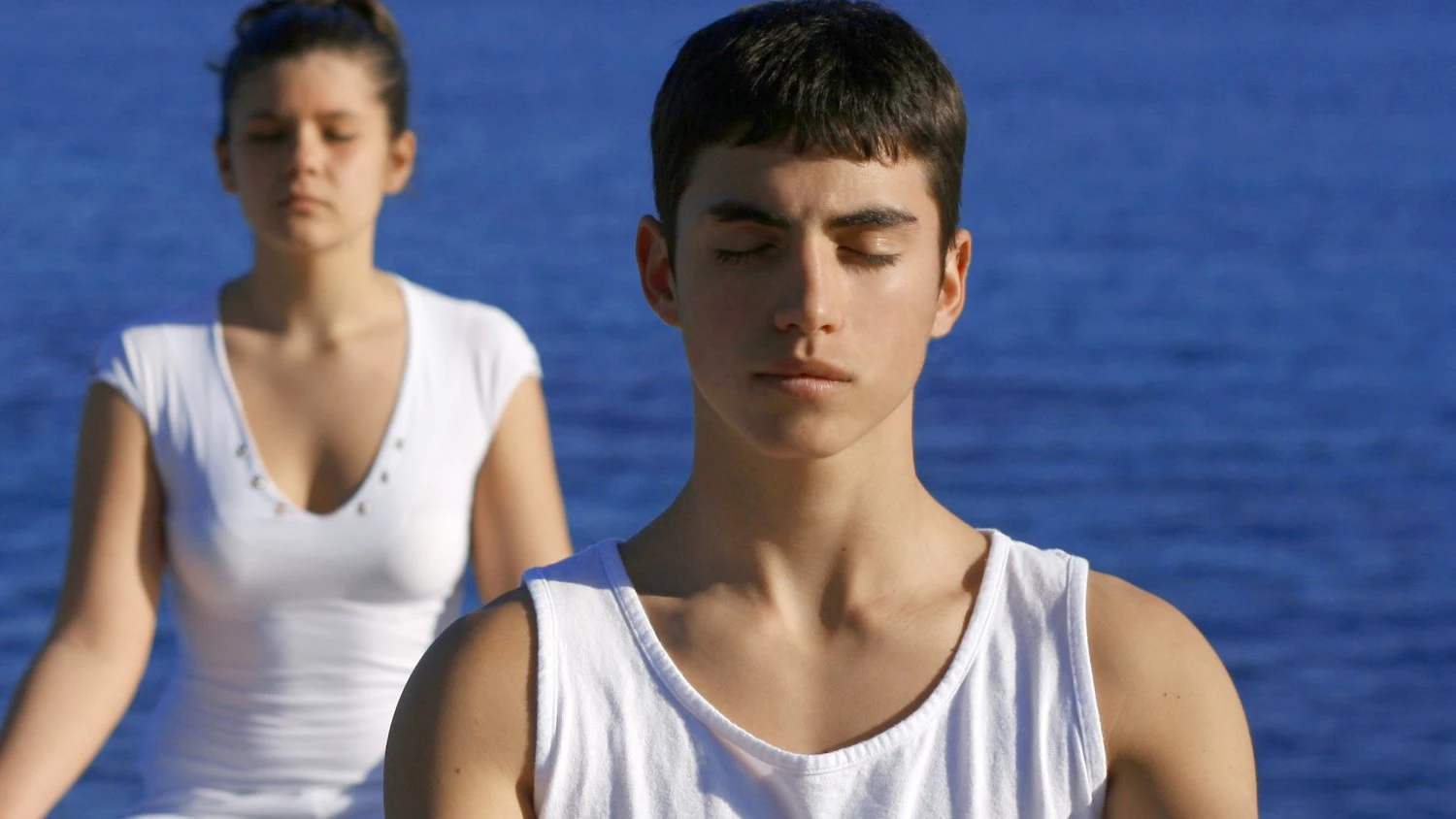Touching the Mind: Connecting Sensations, Feelings, Thoughts and Movement – Part 2

The phenomenon of memory is one of the deepest mysteries of biology. No one has ever found the location in which it resides or been able to fully articulate the causes and effects of its accumulations. This is because it does not reside in a particular place within us and does not function according to linear chains of causes and effects. In living organisms, there is simply no way to separate out any single sequence of cause and effect from all the surrounding streams of events within which it operates. Everything conditions everything else, and ultimately our biological and conscious memories reflect all of the orchestrations and choreographies of the molecular and energetic fabric of our beings–those of water, skin, connective tissue, hormones and neuropeptides, nerves, muscles, and many more besides.
Memory is the ghost in the machine, inaccessible to the parsing of parts that characterizes typical avenues of inquiry. It is a systems phenomenon that resides not in these parts but in the ephemeral language of the interactions between them, in the constantly shifting global relationships of the many varied objects and processes of our landscape of perception. It does not consist of the instruments or the notes, the choreography charts or the steps. It is the symphony and the dance themselves that constitute our minds and our lives. In the words of Gregory Bateson, is the pattern which connects, and not the things that are connected. We enter directly onto this symphony and this dance when we let “flesh touch with flesh.”
And novelty is equally mysterious, both to physicists and to biologists. Like memory, it is simply not allowed for in our normal habits of thinking about cause and effect: “If A, then B, C will follow.” This is because there are an innumerable plethora of A’s and B’s and an indeterminate number of C’s that may or may not follow. This requires a complete re-thinking of how organisms–and therapies–work. For us bodyworkers it requires thinking of the language of touch as an open-ended narrative, and not a dictionary or script or a protocol.
To read part three, Karma and Grace click here.
Excerpted from Deane Juhan: Reaching the Mind with Touch with permission of the author.



